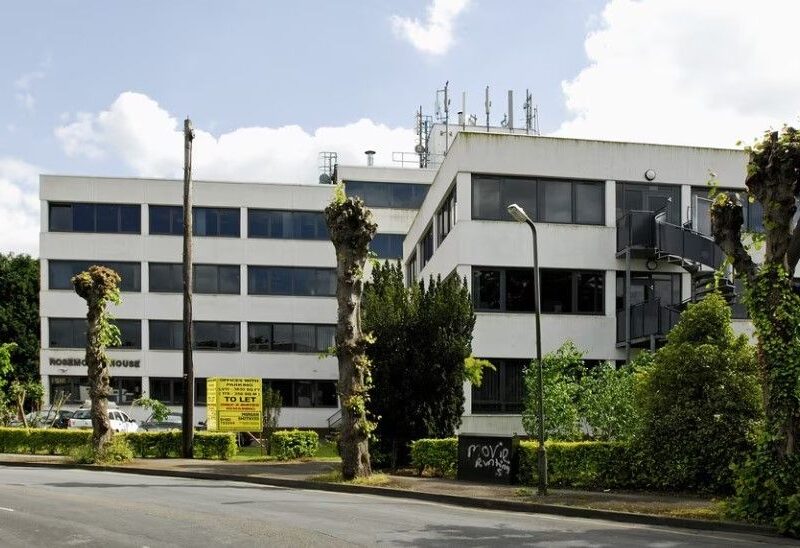Our team of commercial property solicitors are here to help for a range of legal services, from advice to negotiations we take care of it all for you.
Contact UsProperty Case Studies
Successful Acquisition of Multi-Let Mixed Use Development in London’s Haringey Area
BBS Law successfully represented a family office in the acquisition of a multi-let mixed-use development located in the vibrant Haringey area of London. The purchase price was agreed upon at £7,500,000. Despite the complexity of the transaction, BBS Law’s penetrative…
Achieving Unconditional Exchange on a Consented Development for 33 New Homes in West Byfleet, Surrey
Introduction We are thrilled to share the success story of our Property Partners, Avi Barr and Safiyah Bhaiyat, who were instrumental in achieving an unconditional exchange on behalf of our developer client on a consented development of 33 new homes in the beautiful…
Pawsitively Perfect: New Vet Store Opening Supported By Our Property Team
Avi Barr and Leona Ho in our Property team are delighted to have been able to support new veterinary Snoots in opening their new vet clinic in London. Best of luck to Jonathan Moyal and the team on this first step of what will hopefully be a really exciting…

















